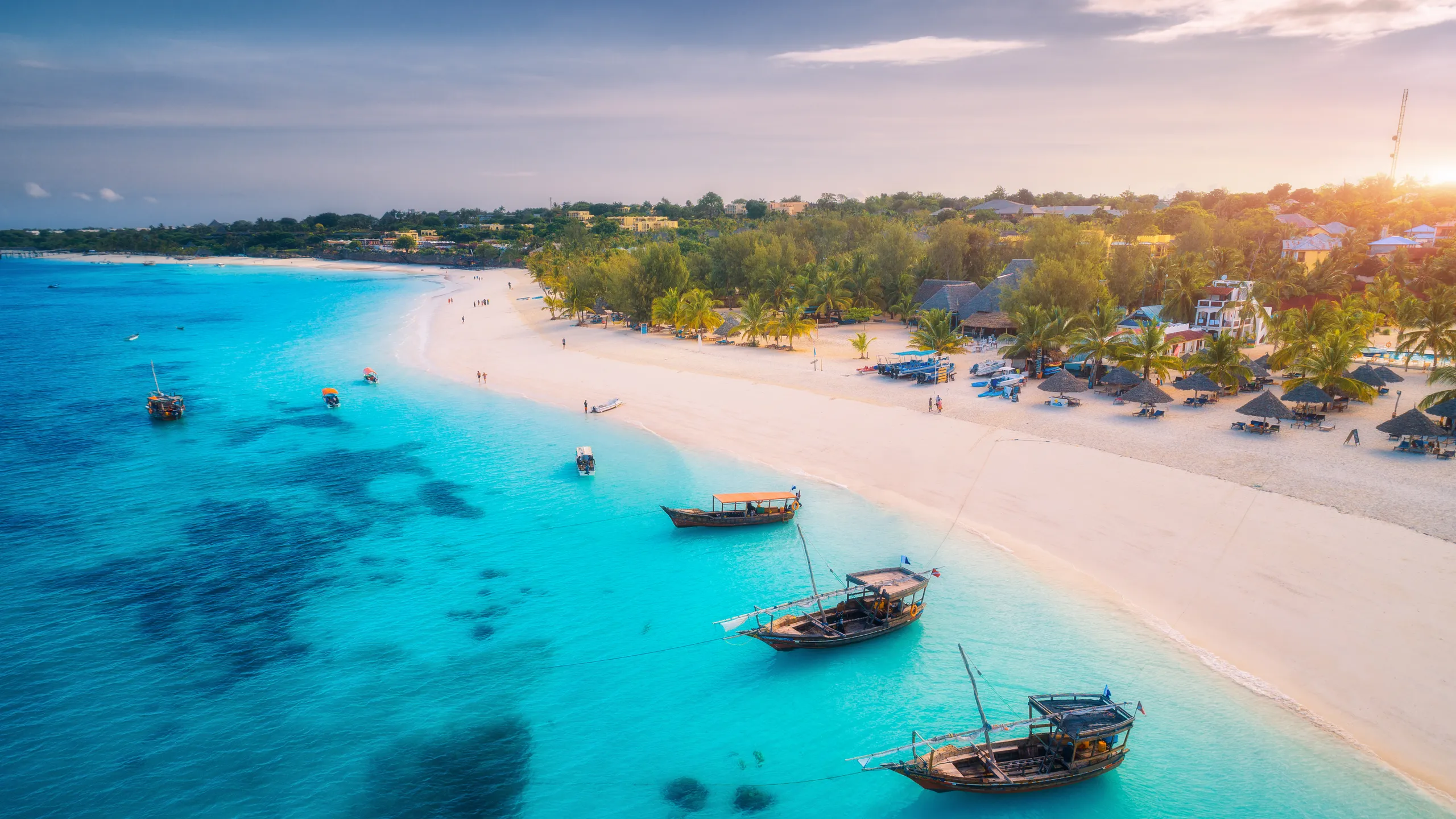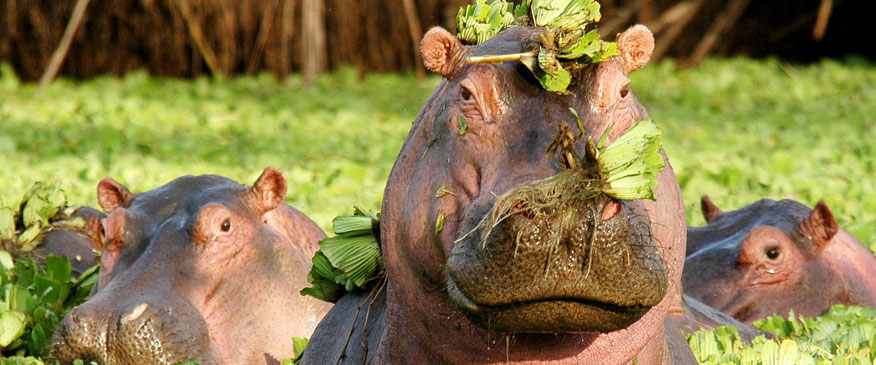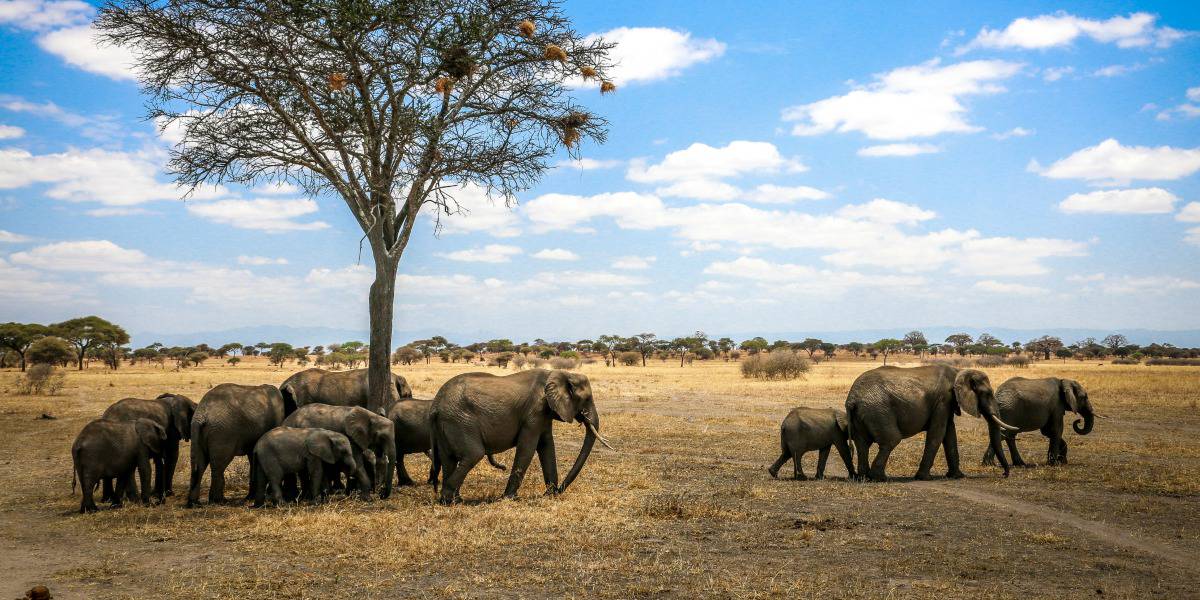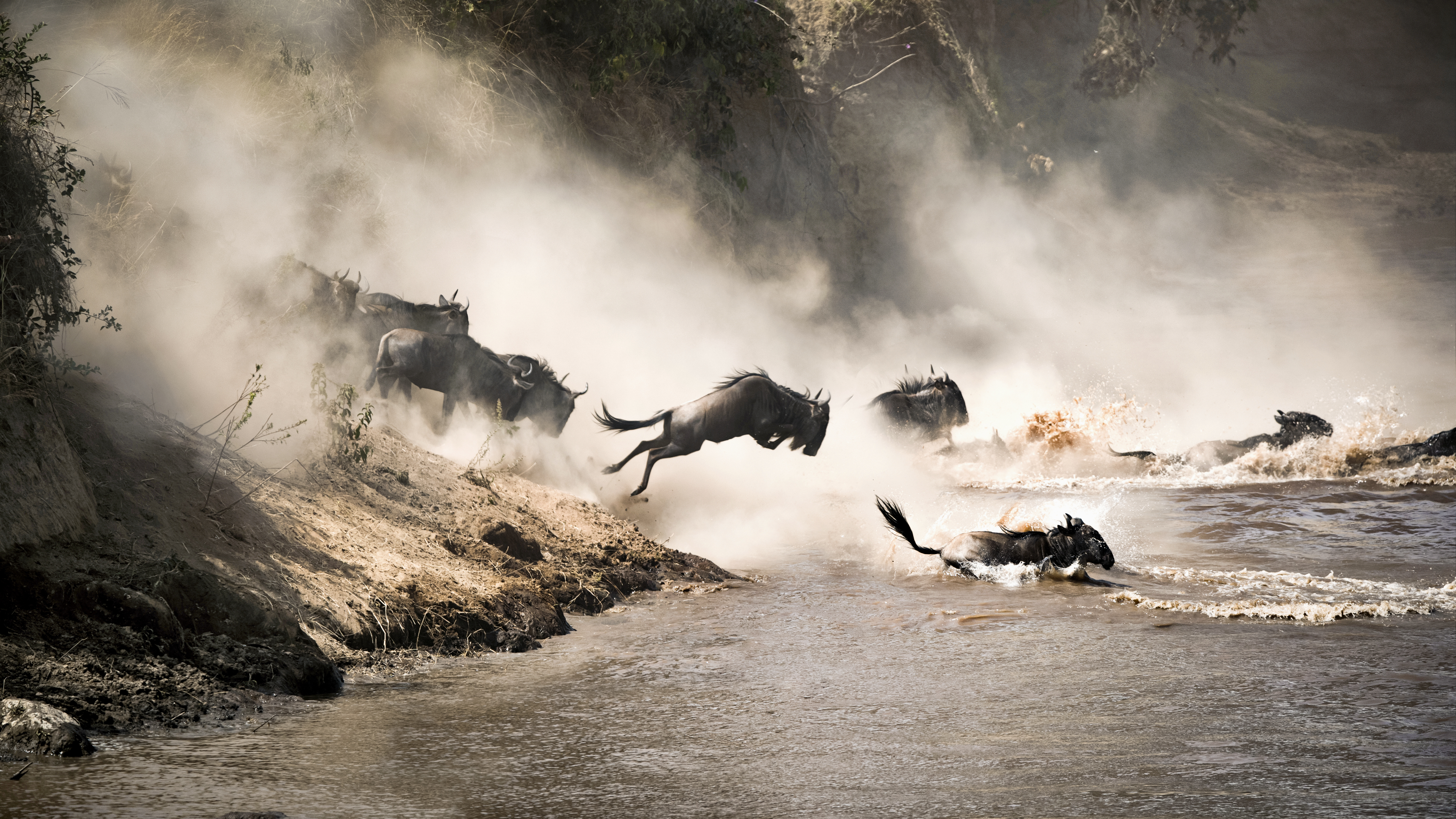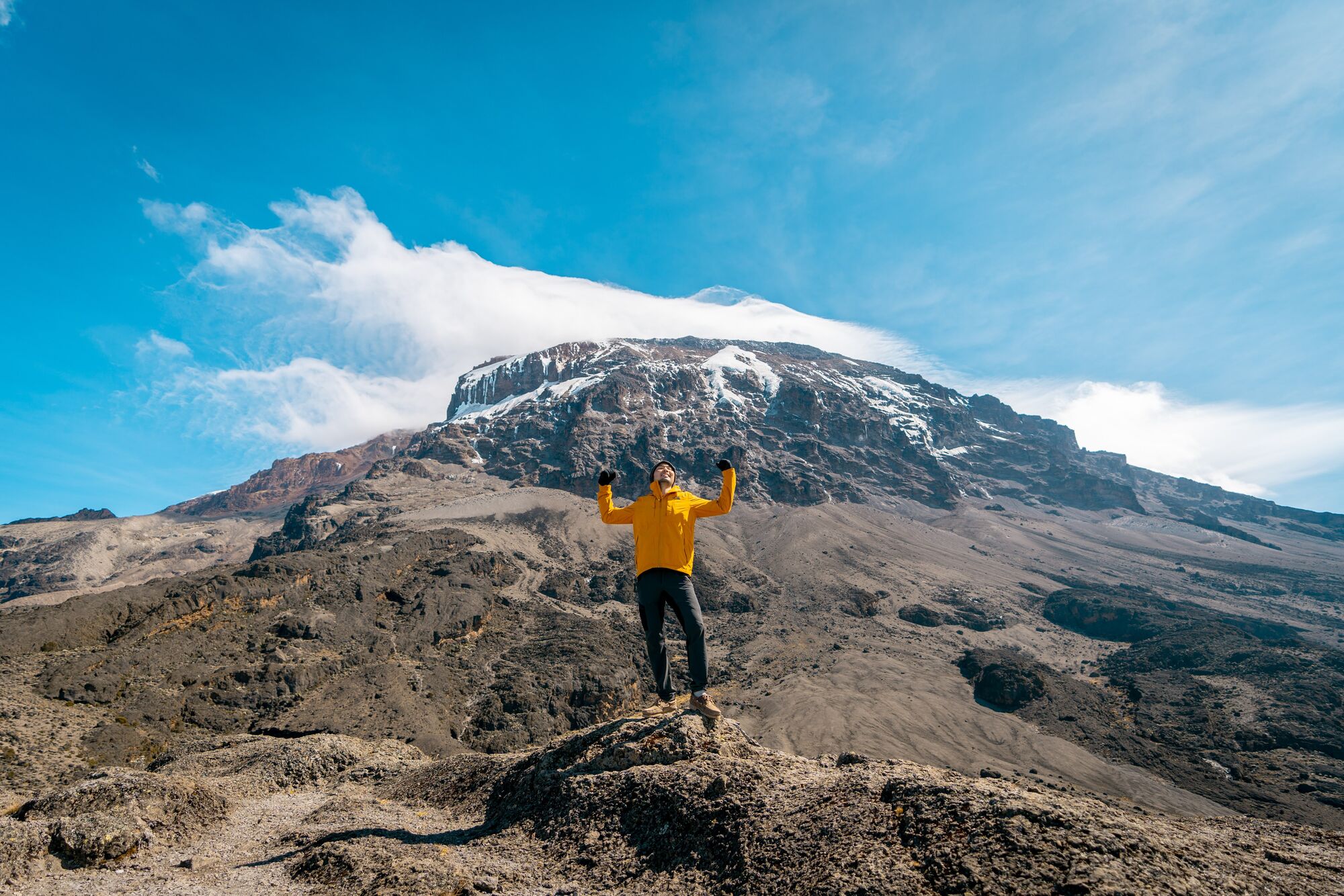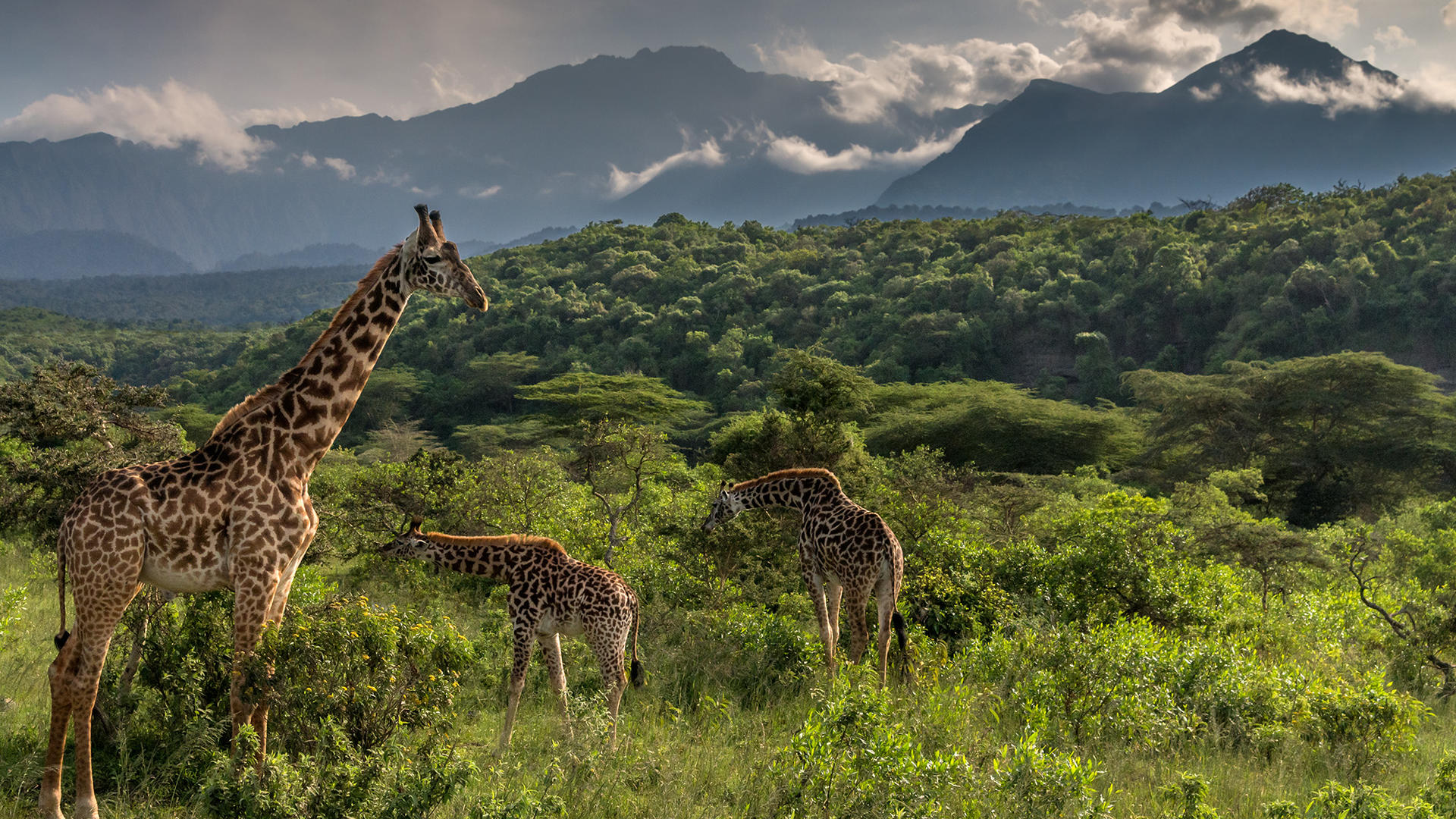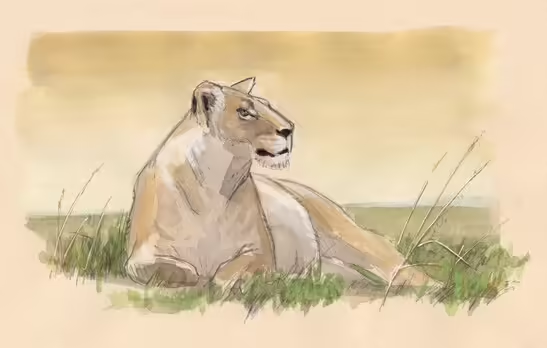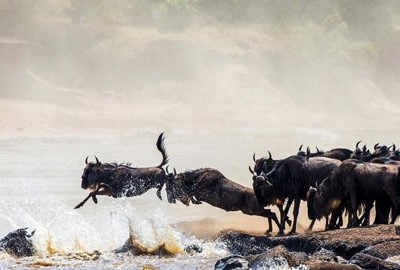Best Time for Safari in Tanzania: A Month-by-Month Guide
At Face of Africa Adventures, we believe that every safari in Tanzania should be extraordinary. But if you're wondering when the best time is to plan your adventure, the answer depends on what you want to see, do, and experience. Whether you dream of witnessing the Great Migration, enjoying a predator-packed game drive, or soaking in golden sunsets over the Serengeti, timing your trip is essential.
Here’s your comprehensive guide to the best time for safari in Tanzania with insights to help you plan your once-in-a-lifetime journey.
Tanzania’s Seasons at a Glance
Tanzania has a tropical climate with distinct wet and dry seasons. These affect wildlife movement, park accessibility, and your overall safari experience.
Dry Season (June to October): Peak safari season — excellent wildlife viewing, minimal rain, clear skies.
Short Rains (November to December): Brief rains that freshen up the landscape. Still good for safari with fewer crowds.
Green/Wet Season (March to May): Lush, beautiful, and uncrowded — perfect for birders and photographers, though some areas become muddy or inaccessible.
Best Time to See the Great Migration
The Great Wildebeest Migration is one of the world’s most iconic wildlife spectacles — and it's possible to see it year-round in different parts of the Serengeti.
January to March: Calving season in the Southern Serengeti (Ndutu area). Thousands of wildebeest give birth, and predators like lions and cheetahs are highly active.
April to May: The herds begin moving northwest. While some roads get muddy during the rains, this period offers lush landscapes and excellent value.
June to July: The migration reaches the Western Corridor. This is when the herds start making dangerous river crossings — a thrilling sight.
August to October: River crossings continue in the Northern Serengeti and Maasai Mara border. It’s the best time to catch dramatic encounters with crocodiles and other predators.
November to December: The herds start returning south for the next calving season, moving through Central Serengeti.
Face of Africa Adventures offers expertly guided migration safaris tailored to each season — ensuring you’re in the right place at the right time.

Month-by-Month Breakdown: When to Go on Safari in Tanzania
January – Ideal for Calving Season
Best For: Wildlife births, predator action.
Where: Ndutu, Southern Serengeti.
Why Go: Over 8,000 wildebeest calves are born daily in this season. It's a predator’s paradise and a photographer’s dream.
February – Still Calving, Fewer Crowds
Best For: Close-up wildlife encounters.
Where: Ndutu and Central Serengeti.
Why Go: Calving continues, and the landscapes are green and vibrant. This is a great time to witness lions, leopards, and cheetahs on the hunt.
March – Lush and Wild
Best For: Green landscapes, birdwatching.
Where: Serengeti, Tarangire, Lake Manyara.
Why Go: Early rains bring life to the plains. Migratory birds are abundant, and the crowds are minimal.
April – Rainy but Beautiful
Best For: Solitude, dramatic skies.
Where: Central and Southern Serengeti.
Why Go: April is part of the long rains, but safari prices drop. You’ll enjoy exclusive game viewing with few vehicles in sight.
May – Low Season Magic
Best For: Budget safaris, landscape photography.
Where: Serengeti, Ngorongoro Crater.
Why Go: The rains taper off toward late May. Wildlife is still active, and the scenery is spectacular.
June – Peak Safari Season Begins
Best For: Wildlife concentration, cool weather.
Where: Western Serengeti, Grumeti River.
Why Go: The dry season kicks in. Animals gather around water sources, making them easier to spot. Wildebeest start moving toward the Grumeti River.
July – The Great River Crossings
Best For: Iconic safari experiences.
Where: Western and Northern Serengeti.
Why Go: One of the best times to witness the dramatic river crossings. The weather is dry, and wildlife is everywhere.
August – Migration in Full Swing
Best For: Classic Big Five safari.
Where: Northern Serengeti, Mara River.
Why Go: Peak of the migration. Excellent for spotting elephants, lions, leopards, and vast herds crossing the Mara River.
September – Still Spectacular
Best For: Action-packed safaris.
Where: Northern Serengeti, Maasai Mara border.
Why Go: Migration herds linger in the north. Predators follow closely, providing thrilling game drives.
October – Crowds Thin, Wildlife Remains
Best For: Balanced experience.
Where: Central and Northern Serengeti.
Why Go: The migration begins to return south. It’s warm, dry, and excellent for both first-timers and seasoned safari-goers.
November – Green Season Starts
Best For: Birding, lush scenery.
Where: Central Serengeti, Ngorongoro.
Why Go: Short rains begin. The landscape transforms into a vibrant green, attracting migratory birds. Game viewing is still strong.
December – Quiet but Beautiful
Best For: Festive safaris, wildlife photography.
Where: Ndutu, Southern Serengeti.
Why Go: Herds return south for calving. Perfect for a unique holiday safari with fewer crowds and rich colors.
When Should You Go?
Here’s a quick guide based on your travel goals:
Goal
See the Great Migration
Avoid Crowds
Birdwatching
Budget Travel
Luxury Travel
Photography
Best Time
June – October & January – March
April – May, November
November – March
April – May
June – October
January – March & October – December
Recommended Parks
Serengeti, Ndutu
Tarangire, Ngorongoro
Lake Manyara, Selous
Most parks
Serengeti, Ngorongoro Crater
All major parks
Tips for Planning Your Safari with Face of Africa Adventures
Book early for peak seasons: June to October and January to March fill up fast.
Pack layers: Evenings can be chilly, especially in the highlands.
Work with local experts: Our team at Face of Africa Adventures customizes each itinerary to match the season and your dream experience.
Choose your region wisely: While the Serengeti is iconic, lesser-known parks like Ruaha or Selous offer fantastic experiences without the crowds.
Final Thoughts: There’s No Bad Time to Safari in Tanzania
Every month in Tanzania offers something unique. From the thundering hooves of migrating wildebeest to the quiet drama of a leopard in the tall grass, nature is always putting on a show. The best time for safari really depends on what you want to see — and at Face of Africa Adventures, we’re here to help you experience it your way.
So, when’s your perfect time? Let’s plan the safari of a lifetime together. Contact us today and let your Tanzanian safari adventure begin.
